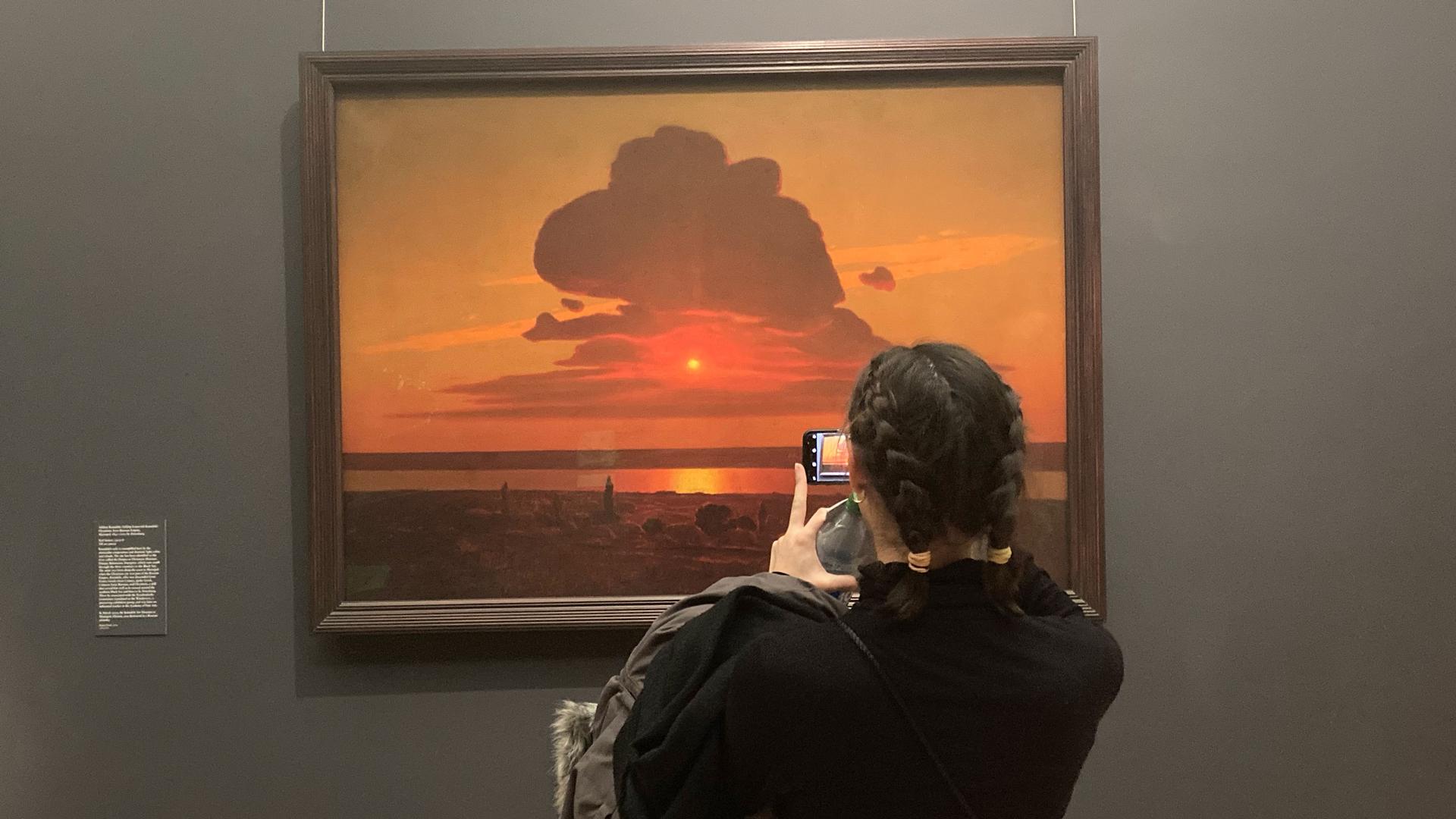At New York City’s Metropolitan Museum of Art, a large canvas catches the eyes of visitors. It depicts the sun setting over a shimmering river, which flows from Russia into Ukraine.
“I was just looking at all the Rodin sculptures,” museum visitor Jamie Cafirma said. “And then, there’s a pop of color.”
The Met label used to state the title of the work as: “Red Sunset on the Dnieper (Dnipro)” — but those parentheses captured a conflict. “Dnieper” is the Russian name for the river, and “Dnipro” is its Ukrainian name.
The painter, Arkhyp Kuindzhi, trained at the Imperial Academy of Arts in St. Petersburg, and made his career exhibiting his work in both St. Petersburg and Moscow. His painting, completed between 1905 and 1908, has been held up as an example of great art from Imperial Russia.
But Kuindzhi was born in Mariupol, which is now part of the modern Ukrainian state. So, there’s an ongoing debate: Should Kuindzhi be considered a Ukrainian or a Russian artist?
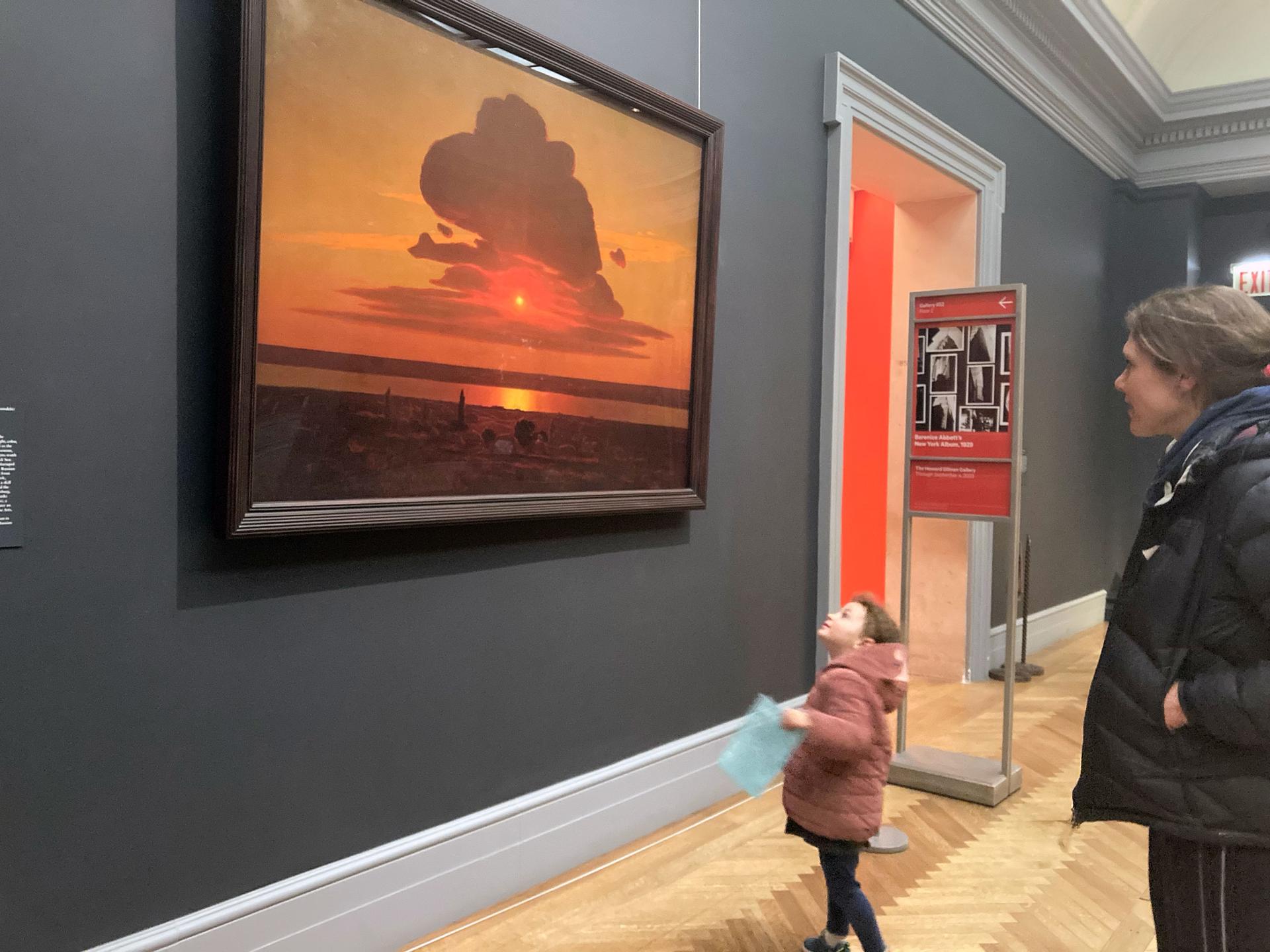
Oleksandra Kovalchuk, acting director of the Odesa Fine Arts Museum in Odesa, Ukraine, said it’s clear that Kuindzhi is Ukrainian.
“His main subject was always somewhere in Ukraine,” she said.
“When someone is so concentrated, on the Dnieper River, for example, or other Ukrainian landscapes, you can conclude that there was a point to that. Weren’t there other rivers in the Russian Empire at that time?”
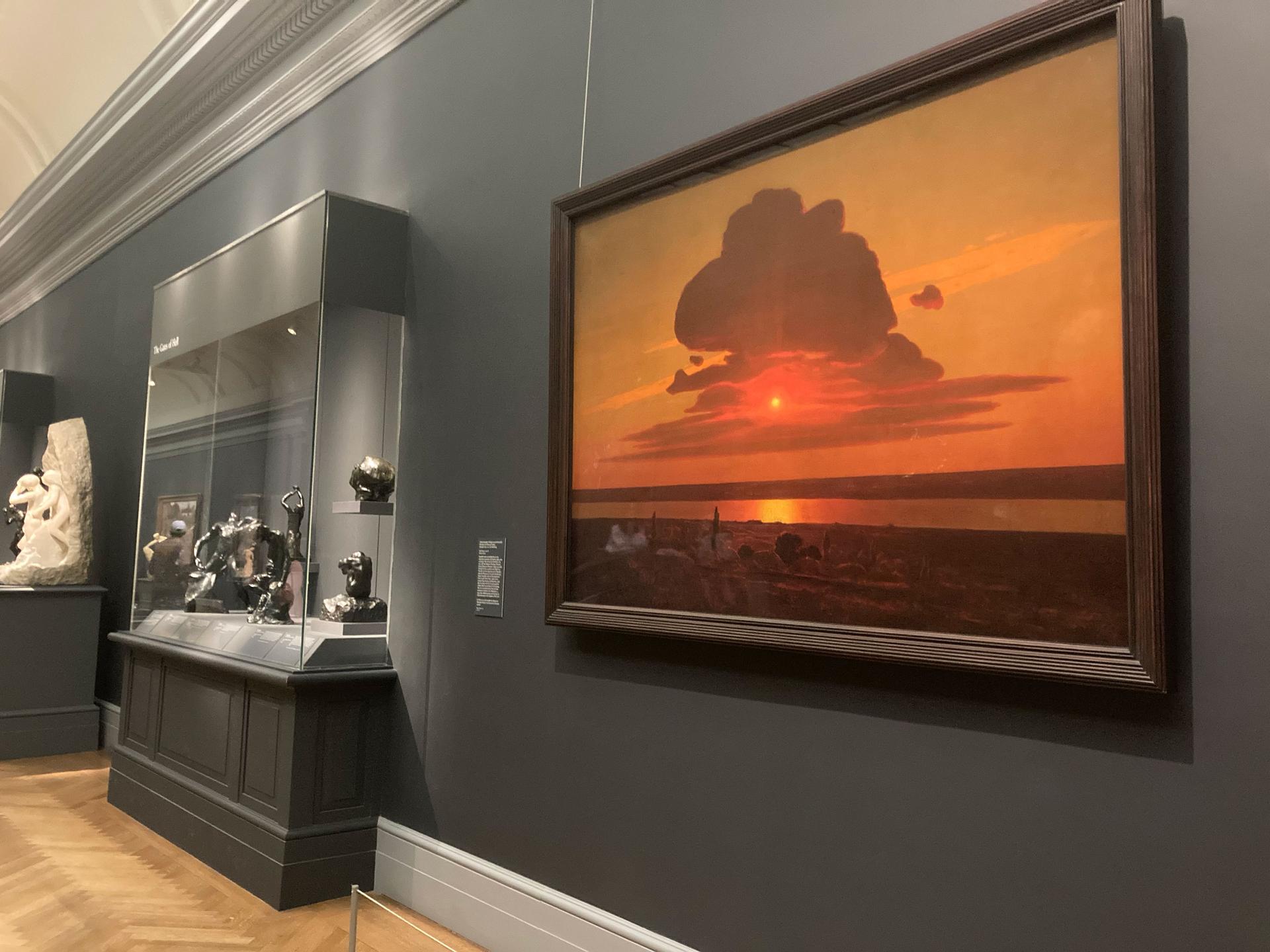
After years of listing Kuindzhi’s nationality as Russian, the Met recently changed the painting’s label to state Kuindzhi’s nationality as Ukrainian.
Since this story aired on March 6, the museum has appended the phrase “born Russian Empire” to the label’s “Ukrainian” designation. In addition, the museum now titles the painting “Red Sunset,” simply avoiding the “Dnieper” vs. “Dnipro” debate.
Some critics, however, believe that one shouldn’t apply current politics to revise the art historical canon.
“I really dislike narrow nationalism in any country, in any nation,” said Elizabeth Kridl Valkenier, an art historian who specializes in 19th-century Russian art. In her view, artists should be identified in the way that they described themselves at the time they lived.
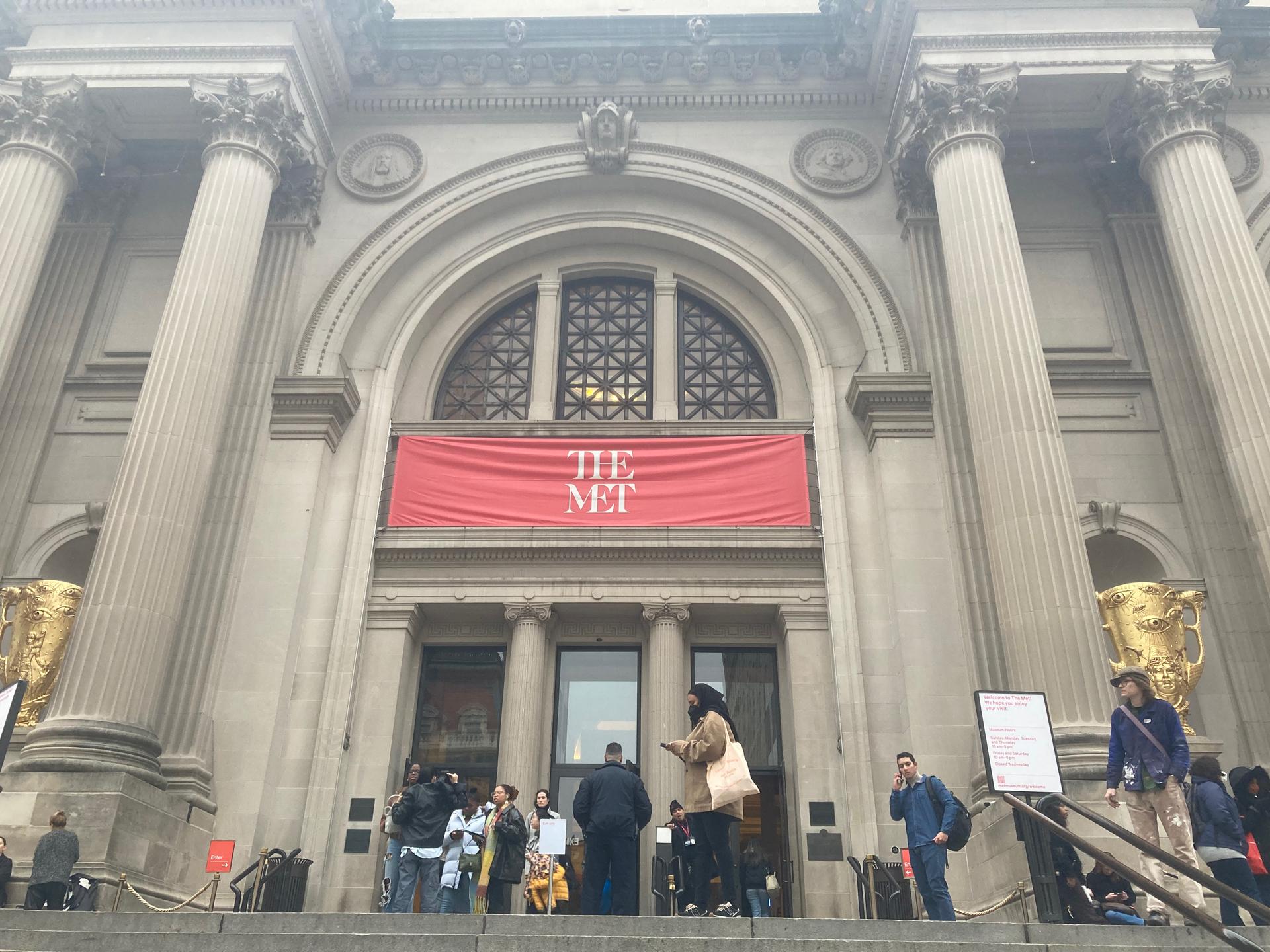
In Kuindzhi’s time, the late 19th through early 20th centuries, Ukrainians and Russians were subjects of the Russian Empire. Artists and writers who wanted to make names for themselves had to travel to the imperial capital to do so.
“If you want to get a diploma that would allow you to be a professor or to work as an artist, if you need this document, you will go to Saint Petersburg or to Moscow,” Kovalchuk said, describing the Imperial Academy of Arts system.
“There are no other options for you.”
Accordingly, people now are calling for decolonizing art made under the Russian Empire’s dominion.
Pinning down Kuindzhi’s identity, how he described himself, though, is a little trickier. His family was Greek. He wasn’t a prolific writer.
“He didn’t leave a strong trace the way that some other artists did of an identity of Ukrainian or Russian,” said art historian Margaret Samu, who also is a lecturer at the Met.
There was a Ukrainian nationalist movement when Kuindzhi lived, but Samu said she hasn’t seen Kuindzhi associated with it.
Another factor in the discussion is that in March 2022, Kuindzhi’s namesake museum in Mariupol “was destroyed in a Russian airstrike,” as the Met’s label attests.
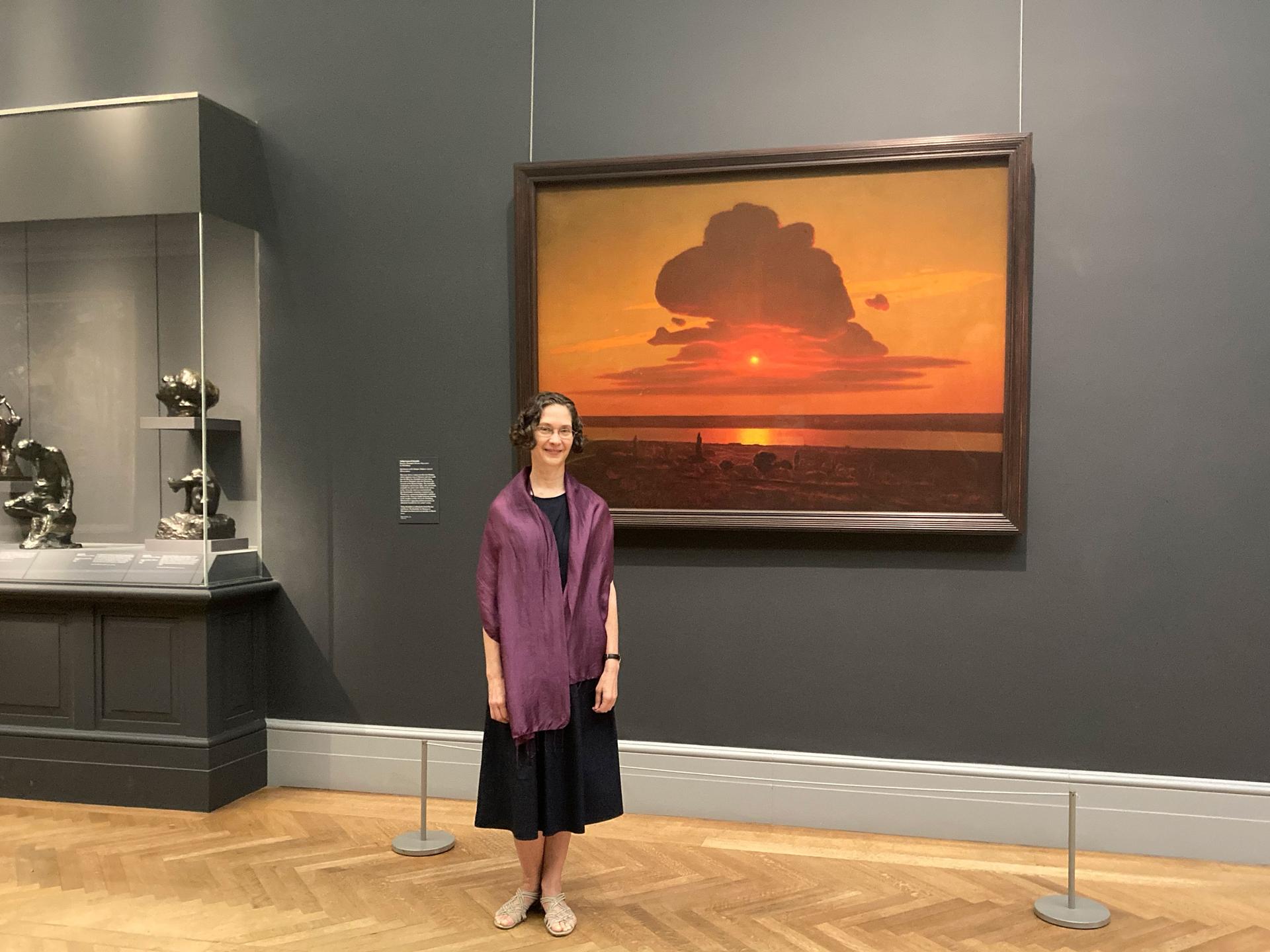
“It makes me so sad to think that works of art can just be destroyed so carelessly,” Cafirma, the Met visitor, said.
Outside of the museum world, on Kuindzhi’s Wikipedia page, there’s been a great deal of back-and-forth editing from “Russian painter” to “Ukrainian painter,” and vice versa.
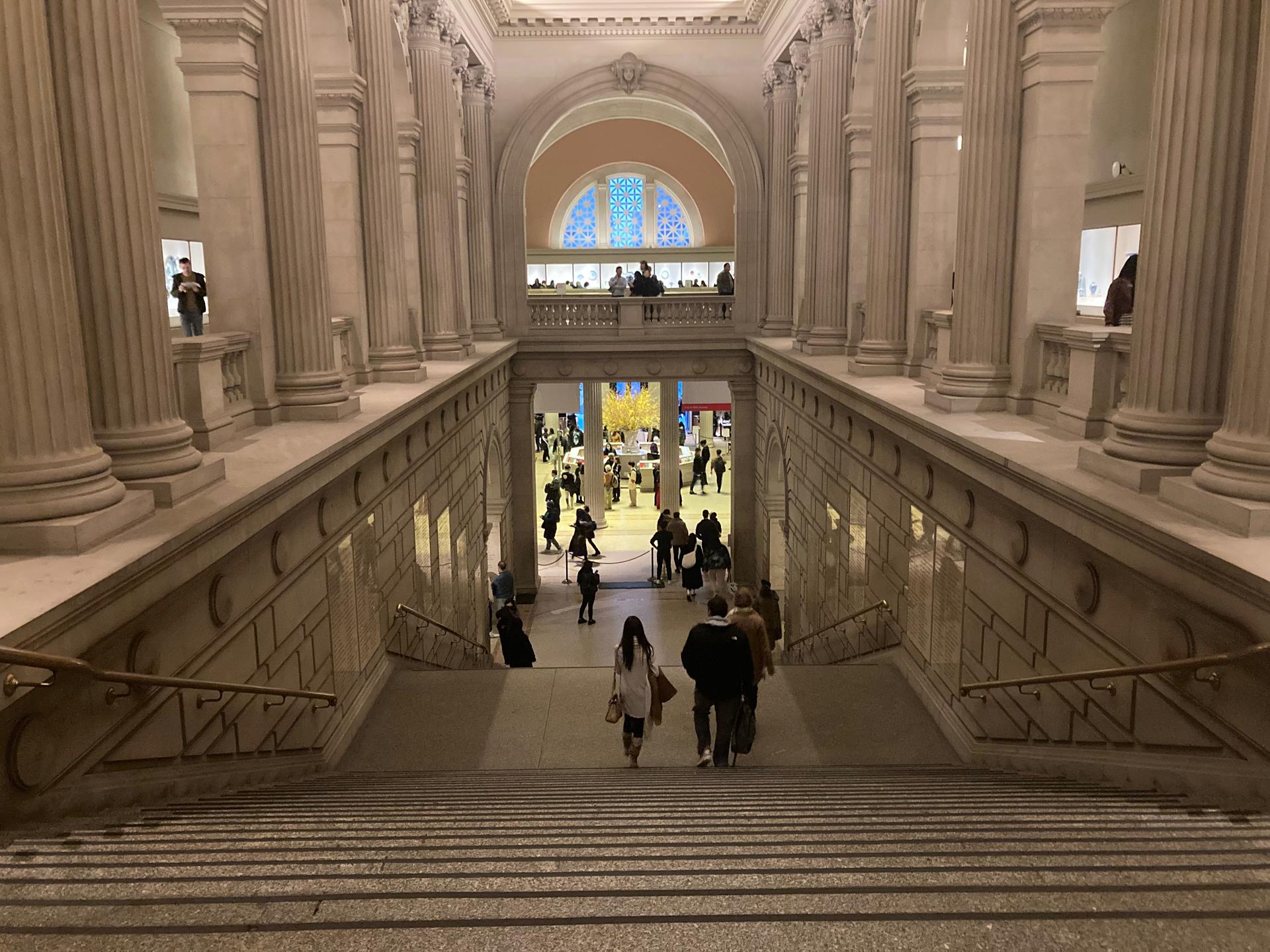
“It’s easy for me as an American to say he was both, but I think that if you are in Ukraine or if you are in Russia, it’s a very different feeling,” Samu said.
Our coverage reaches millions each week, but only a small fraction of listeners contribute to sustain our program. We still need 224 more people to donate $100 or $10/monthly to unlock our $67,000 match. Will you help us get there today?
